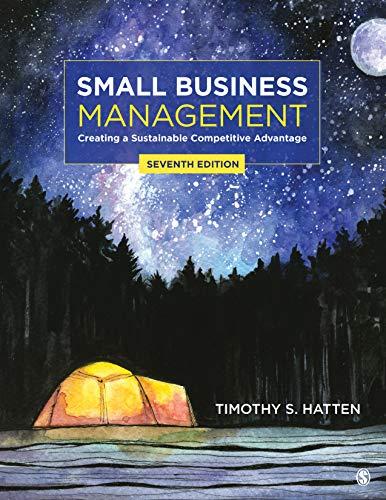1. Describe a music supply chain that includes Spotify. What is Spotify's role in this supply chain? What about artists? Record labels?2. Suppose you were an artist or record label trying to get your music on Spotify. Would a push or a pull strategy be more appropriate? Why? 3. A few artists, including Taylor Swift, have removed some or all of their music from Spotify because of disputes involving artist compensation. How do the three areas of channel conflict apply to Spotify? Who has the power in the supply chain, artists, labels, or Spotify? 4. Compare and contrast the Spotify music supply chain with Apple's iTunes. How do these supply chains differ? How are they similar? What role does retailer image play in defining these differences?
Place Decisions and Customer Convenience Mini Case 9 Spotify The streaming music service, Spotify, allows music lovers to ac- cess and play their favorite music online without actually buying it. Spotify users can listen to music on computers and mobile devices. Spotify gives its users access to literally millions of songs in every imaginable genre. The content also includes videos. Spotify represents a new type of music distributor, which fol- lows what's referred to as a \"freemium model.\" Music lovers can use Spotify free; however, the free service is limited. When used free, Spotify mixes music selections with advertising (see Figure 9.8), limits some aspects of digital sound quality, and does not permit users to listen to music offline. For a monthly fee, users can up- grade to Spotify premium, which removes the restrictions imposed on free users. Listeners no longer have to listen to advertisements, HIAVIE NS Spotify Offers an Alternative Channel Option for Music Consumers Pe3k/Shutterstock can enjoy the enhanced sound quality, can listen offline, and enjoy greater flexibility in creating and customizing music playlists. Spotify's revenues come from two main sources. First and fore- most are premium subscriptions revenues, which come from the approximately 50 million paying subscribers. Next are advertising revenues. Spotify streams advertising to another 50 million non- paying subscribers. Spotify pays royalties for the music it streams. While some artists, including Taylor Swift, have criticized Spotify for its compensation models, which favor major record labels and tend to be less generous to smaller independent labels and artists, most labels and artists allow their music to be streamed through the music service. Questions 1. Describe a music supply chain that includes Spotify. What is Spotify's role in this supply chain? What about artists? Record labels? 2. Suppose you were an artist or record label trying to get your music on Spotify. Would a push or a pull strategy be more appropriate? Why? 3. Afew artists, including Taylor Swift, have removed some or all of their music from Spotify because of disputes involv- ing artist compensation. How do the three areas of channel conflict apply to Spotify? Who has the power in the supply chain, artists, labels, or Spotify? 4. Compare and contrast the Spotify music supply chain with Apple's iTunes. How do these supply chains differ? How are they similar? What role does retailer image play in defining these differences







